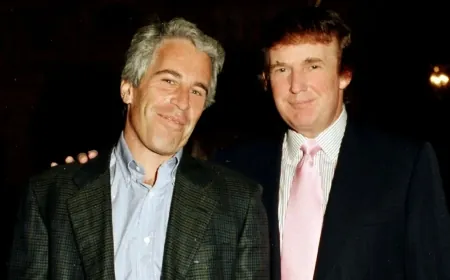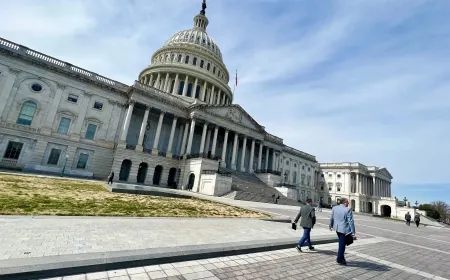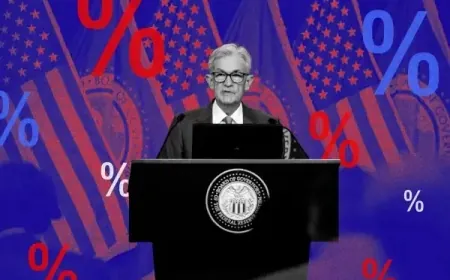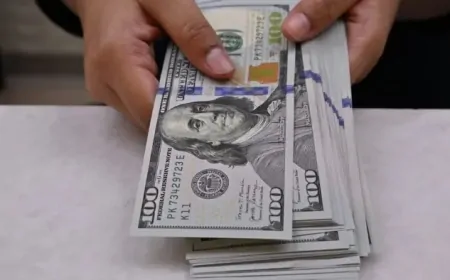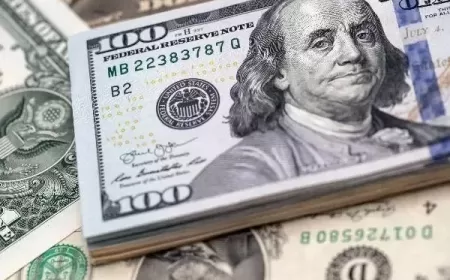Gold Reaches $3,781 Following China’s Proposal to Store Foreign Sovereign Reserves
Gold trades at $3,781 per ounce after China offers custody of foreign central bank reserves, influencing global bullion markets.

Gold futures opened at $3,781.20 per ounce on Tuesday, up 1.1% from Monday’s $3,740.70. The increase follows reports that China has proposed storing foreign central bank gold reserves within its own vaults, a move that could influence global gold markets and alter international reserve management.
China Offers to Store Foreign Gold Reserves
Reports indicate that the People’s Bank of China (PBoC) has approached several foreign central banks with a proposal to store part of their gold reserves in China. Under this arrangement, the reserves would remain the property of the foreign governments while being physically held in Chinese vaults.
The initiative reflects China’s broader effort to reduce dependence on the U.S. dollar and expand its influence in global financial markets. By offering custodial services for international gold, China is also positioning the yuan as a more significant component of global reserves.
China’s own gold holdings have increased for ten consecutive months, with an additional 1.9 tonnes added in August 2025. Analysts view this as part of a long-term strategy to diversify away from dollar-based assets and strengthen China’s role in global bullion markets.
Gold Futures Close In on All-Time Highs
Gold futures opened at $3,781.20 per ounce on Tuesday. Recent trading levels show the pace of increase:
-
September 16, 2025: $3,681.40 per ounce
-
August 22, 2025: $3,349.40 per ounce, a 12.9% increase over the past month
-
September 23, 2024: $2,626.50 per ounce, a 44% increase compared with last year
Analysts say the rise reflects ongoing central bank buying and continued international economic and geopolitical uncertainty, which has increased demand for physical gold and futures contracts.
Reasons for the Recent Increase in Gold Prices
The People’s Bank of China (PBoC) has offered to hold gold reserves for foreign central banks. This arrangement allows countries to keep ownership of their gold while storing it in Chinese vaults, creating new options for reserve management.
At the same time, international economic developments have affected gold demand. Changes in U.S. trade policies and geopolitical tensions have led some governments and investors to purchase physical gold and gold futures for stability.
Central banks in several countries have added to their gold inventories, which has reduced the available supply in the market. These factors combined with China’s proposal contributed to higher gold prices in recent trading sessions.
Historical Gold Prices
Gold prices have shown periods of significant change over the past 16 years:
-
2009–2011: Gold prices rose sharply following the global financial crisis, reflecting increased demand for physical bullion and futures.
-
2012–2020: Gold prices remained mostly stable, with limited movement and no new record highs for nearly a decade.
-
2021–2025: Central banks increased gold purchases, and geopolitical tensions affected market behavior, contributing to higher gold prices.
The rise in prices in 2025 coincides with China’s proposal to store foreign central bank reserves, a development that has affected supply and market expectations.
Effects of China’s Custody Proposal on Global Markets
China’s offer to hold foreign central bank gold could change how countries manage their reserves.
-
Reduced Dollar Exposure: Countries storing gold in China may hold less U.S. dollar-denominated assets, diversifying their reserve portfolios.
-
Changes in Gold Trading: Gold stored in China could become part of international trade settlements, which may affect how central banks and investors buy and sell bullion.
-
Positioning in Global Finance: By storing foreign reserves, China gains a direct role in the physical management of international gold, which could influence decisions by governments and financial institutions.
If foreign central banks agree to store their gold in China, a portion of global reserves would be physically held in Chinese vaults, shifting some of the world’s bullion holdings outside traditional Western financial centers.
Central Bank Gold Purchases
Several emerging market central banks, including those of Russia, India, and Turkey, have increased their gold holdings in recent years. Analysts estimate that these purchases account for over 1,000 metric tons annually, representing approximately 20–25% of total global gold demand.
These purchases allow governments to hold a portion of their reserves in physical gold rather than in U.S. dollar-denominated assets, providing a hedge against currency fluctuations and contributing to greater reserve diversification.
Factors Affecting Gold Prices in the Near Term
Gold reached $3,781.20 per ounce on Tuesday. Several developments are expected to influence market activity over the coming months:
-
China’s Custody Proposal: Agreements with foreign central banks could result in additional gold being held in Chinese vaults, affecting the global availability of bullion.
-
Global Trade and Policy Issues: Changes in trade regulations, sanctions, or other geopolitical events may prompt governments and investors to purchase gold for stability.
-
Gold Supply: Variations in mining production and the availability of physical bullion can influence how much gold is accessible for investment and trading.
Central banks have continued buying gold, China has offered to store foreign reserves, and mining output has remained limited. These factors have kept gold prices above $3,700 per ounce through September 2025.
Observations on Market Behavior
Market reports indicate that gold trading volumes have increased in Asian and European exchanges following China’s announcement. Investors and financial institutions are prioritizing physical gold purchases, while futures contracts show tighter spreads compared with previous weeks.
Gold holdings reported by central banks in emerging markets continue to rise, with some governments redistributing reserves between vaults in Europe, North America, and Asia. This reallocation reflects ongoing efforts to diversify storage locations rather than changes in overall reserve quantities.
Trading data also shows that bullion availability from major refineries has not significantly increased, which supports the current level of gold prices.
Also Read: Gold Price Today September 19, 2025: $3,677 After Fed Rate Cut
